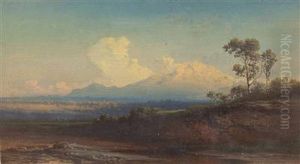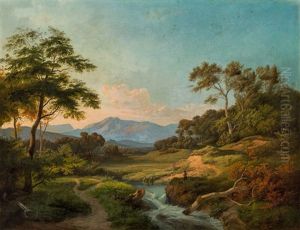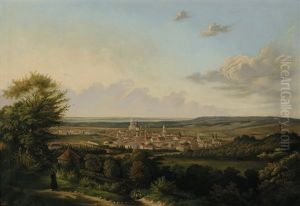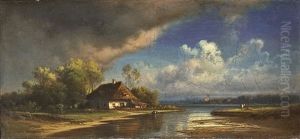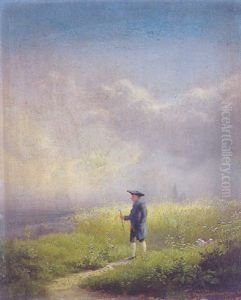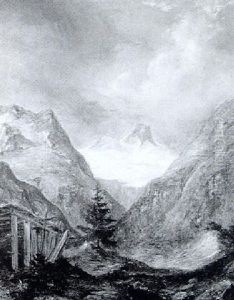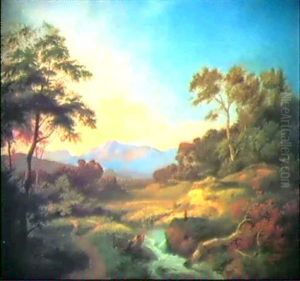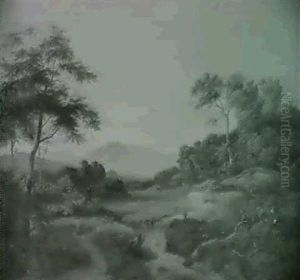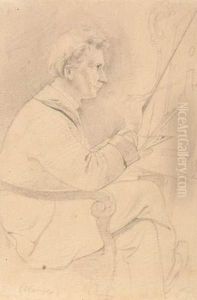Hans Hueber Paintings
Hans Hueber was a German artist known for his work during the Renaissance period. Born in 1485, Hueber hailed from a time when the artistic landscape of Europe was undergoing profound changes. The Renaissance, a period of cultural revival and renewed interest in the classical past, provided fertile ground for artists like Hueber to explore new techniques, perspectives, and themes.
Hueber's work was primarily in the realm of religious art, which was common for the period. He created altarpieces, frescoes, and other ecclesiastical artworks for churches and religious institutions. His style would have been influenced by the Northern Renaissance, which was characterized by a high level of detail, vivid colors, and an emphasis on naturalism. In this way, Hueber contributed to the rich tapestry of Renaissance art, which was spreading across Europe from its origins in Italy.
Although not as widely known as some of his contemporaries, such as Albrecht Dürer or Hans Holbein, Hueber's contributions to the art of the Northern Renaissance were nonetheless significant. His artworks may have included intricate woodcuts and panel paintings, which would have been popular mediums at the time. These works would have been executed with a meticulous attention to detail, capturing the textures of fabrics, the subtleties of human expressions, and the intricate patterns found in nature.
Hans Hueber's death in 1553 marked the end of a career that spanned some of the most transformative years in European art. While specific details about his life and the extent of his oeuvre may be scarce, as is often the case with artists from this era, Hueber's legacy would have been preserved in the pieces that survived and continued to inspire future generations of artists. The Renaissance was a time when art was deeply intertwined with the intellectual currents of the day, and Hueber's work would have been part of the visual dialogue about religion, humanism, and the search for beauty and meaning in the world.
